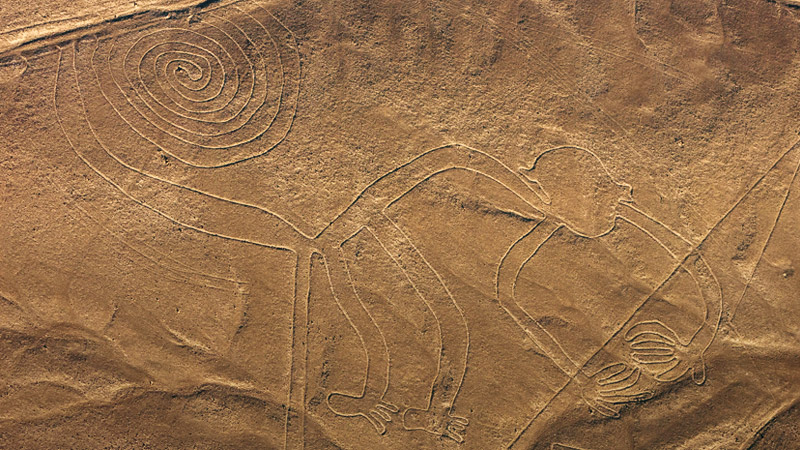Nazca
All You Need to Know About Nazca Lines – Part 3
This article is a continuation of a blog series.
If you missed the first part, check it out here.
Who Discovered the Nazca Lines and When?
Pedro Cieza de Leon, in his book of 1553, was the first published mention of the Nazca lines. During this time, Pedro mistook them for trail markers. Later on, in 1586, Luiz Monzon made a report that he had seen ancient ruins in Peru. That was with the inclusion of some remains of roads in that region too.
And it was in 1926 when a Peruvian archeologist by the name Toribio Mejia Xesspe began a more systematic study of these lines.
As for the geoglyphs, they only gained widespread attention in the 1930s when pilots began to fly over them. And that’s when an American historian by the name Paul Kosok started the study of these geoglyphs. He focused the survey from both the air and the ground. He based his argument that these Nazca lines had an astronomy-related purpose due to their relative position to the sun around the winter solstice.
He was followed by a German known as Maria Reiche. Later she became famously known as the Lady of the Lines. Reiche conducted her study for more than 40 years, and she stood firm beside her theories on the line’s relation to astronomy and calendar. She fought to protect the lines from reckless visitors. In fact, Reiche lived in a tiny house somewhere close by the desert.
However, Maria Reiche’s theory of the astronomical explanation of the geoglyphs was disagreed upon by an American astronomer Gerald Hawkins and others. Some researchers even came up with a far-out explanation that linked these lines to ancient astronauts and aliens.
Why Were the Nazca Lines Made?
The exact purpose of these Nazca lines is highly debated. Some of the everyday listed goals of these are the astronomical mapping concerning the Nazca people calendar. Besides that, some scholars debate that these lines were more of sacred routes between religious sites. That’s also present in other ancient cultures of South America.
As for the hillside Nazca lines, they are perceived as intended pathfinders for travelers, which is something they eventually became. Something that you can quickly tell with these lines is that the paths that create shapes never at any given time cross each other.
These lines also have a different starting and ending point. That is an indicator that these lines may have been used as paths during certain religious ceremonies, especially most repeated rituals. Some of these lines seem to lead directly from a small hut.
Other suggestions imply that visitors from another world made the Nazca lines. However, these suggestions have been dismissed again and again due to the lack of evidence. Also, because it’s quite easy to create the lines. In one of the experiments that were done, researchers found that a small team can clear up to 16,000 square meters of the desert in just a week.
Besides all these suggestions, what seems like the most apparent purpose of the Nazca lines is that the Nazca people wanted to show off their reverence for the nature. Also, as a way for the Nazca people to pay homage to their gods, especially the gods of weather. That was vital to the Nazca people for the success of their agricultural efforts in the arid plains. And to back this up, many of the designs are also present in pottery decorations and textiles.
As for the straight lines, they seem to start from the mountains and hills while others from the water bodies. Researchers have, over the years, identified at least 60 other points. And the trapezoid shapes often seem to point in the direction of water sources. Also, the two major Nazca sites, Cahuachi and Ventilla, are connected by such lines.
That’s why the real purpose of Nazca lines could be a combination of all the suggestions that we’ve mentioned above. Also, it is a fact that these lines seem more apparent in more significant numbers, especially close the creeks and settlement areas.
Besides, the designs can be easily made by a single individual in just a few days, and very often, the new models tend to overlap the older ones, which suggests a lack of long term planning. Also, that indicates that the lines were made by different groups or probably by people at different times who were serving a wide range of purposes.
To continue reading more about the Nazca lines, click here for part four.

